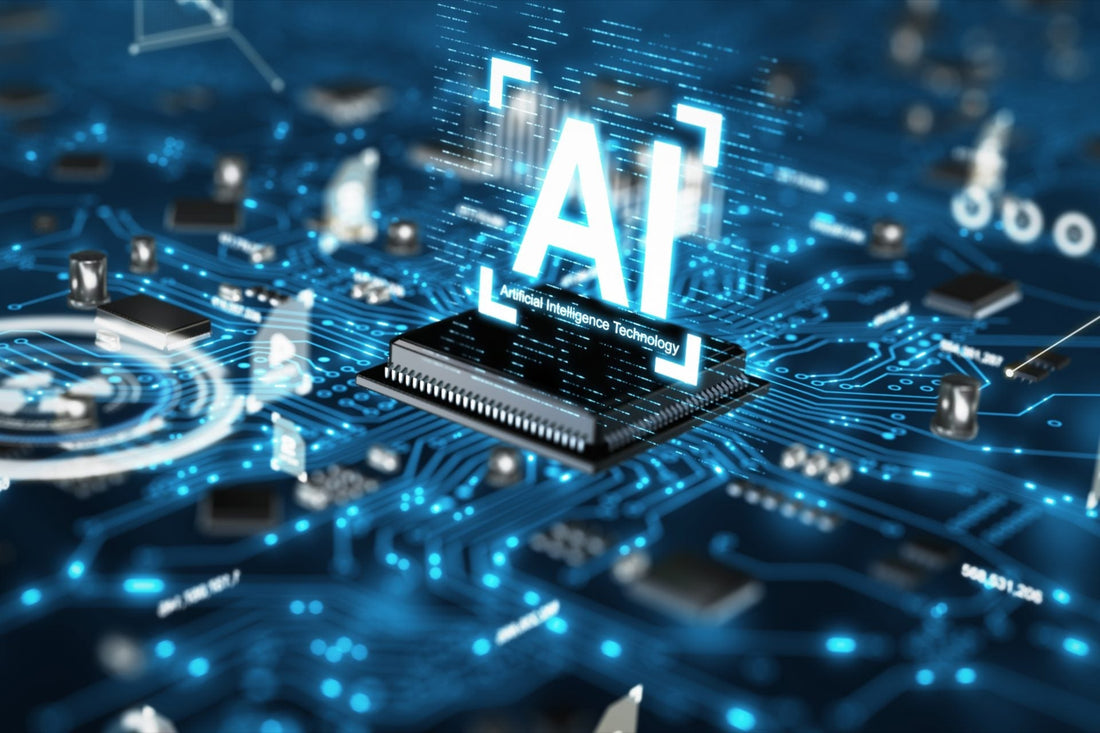
From Quant Models to Artificial Intelligence: The Next Evolution of Algorithmic Trading
Share
Algorithmic trading has long been the silent engine behind much of the financial world's volume. What began as a tool to execute large orders efficiently has evolved into a battleground of complex strategies, lightning-fast executions, and, now, intelligent decision-making powered by Artificial Intelligence (AI). For anyone involved in finance—whether as a trader, data scientist, or investor—it’s essential to understand this shift from traditional quantitative models to modern AI-powered strategies. This evolution isn't just technical; it's redefining how markets behave.
The Foundations: Quantitative Models
Quantitative models, or “quants,” rely on structured data and pre-defined rules. These models use statistical techniques like regression analysis, time series modeling, and factor models to predict market movements. For instance, a quant model might identify that stocks with low P/E ratios and high dividend yields tend to outperform over time—a core principle of factor investing.
Firms like Renaissance Technologies, Two Sigma, and Citadel have built their fortunes using quant models. These strategies may include:
- Mean Reversion: Betting that asset prices will revert to their historical averages.
- Statistical Arbitrage: Exploiting price discrepancies between correlated assets.
- Trend Following: Using momentum indicators to ride market trends.
These models are powerful but have one major limitation: they are only as good as the assumptions and rules defined by humans. In unpredictable or unprecedented market conditions—such as the COVID-19 crash—many traditional models struggle.
Enter AI: Learning Without Explicit Programming
Unlike quants that rely on hardcoded logic, AI—especially machine learning (ML) and deep learning—learns directly from data. It can process vast amounts of information and adapt in real time. Imagine a system that doesn’t just use stock prices and volume, but also interprets tweets, earnings transcripts, economic indicators, and even satellite imagery.
For example, a hedge fund might train an ML model to analyze satellite images of Walmart parking lots to predict sales trends. Another might process sentiment from thousands of financial news articles daily to anticipate short-term market movements.
AI models can also retrain themselves regularly, meaning they improve with more data. They can identify complex non-linear relationships that would be impossible for human analysts to detect. Neural networks, support vector machines, and reinforcement learning systems are now becoming common in the trading ecosystem.
Case Studies: AI in Action
1. Numerai: This San Francisco-based hedge fund uses an AI-driven approach where data scientists around the world build machine learning models without knowing what the data represents. It’s a form of encrypted crowdsourced intelligence. Their meta-model combines thousands of submissions to make predictions that beat the market.
2. JPMorgan’s LOXM: JPMorgan Chase developed LOXM, an AI-based trading engine that executes trades with maximum efficiency by analyzing historical trade data and optimizing execution strategies. It's been used in equity markets and is now expanding into fixed income.
3. Bridgewater Associates: Ray Dalio’s fund, one of the largest in the world, has invested heavily in AI. Bridgewater has developed systems to model economic and market behavior to assist human decision-making in building portfolios and executing trades.
AI vs. Traditional Quant: Key Differences
- Human Bias: AI can reduce or eliminate human assumptions, making decisions based on raw data patterns.
- Data Scope: Traditional models often use market data only; AI can integrate alternative data sources like social media, weather patterns, or shipping traffic.
- Model Adaptability: Quant models require reprogramming; AI models can retrain and self-adjust with new data.
- Interpretability: Quant models are usually transparent; AI models—especially deep learning—can be black boxes, raising concerns over explainability.
Challenges and Considerations
While AI promises enormous advantages, it also comes with unique challenges:
- Overfitting: AI models can become too tailored to historical data and fail in real-world situations.
- Data Quality: Garbage in, garbage out. Poor or biased data can lead to misleading outputs.
- Regulatory Risks: Black-box models can be hard to audit, leading to regulatory scrutiny and compliance issues.
- Ethics and Fairness: As AI systems become more autonomous, ensuring fair market access and transparency becomes harder.
The Future: Hybrid Models
The next logical step isn't choosing between quant and AI—but combining them. Hybrid models use the rigor of quantitative logic as a framework while allowing AI to fill in the gaps and improve predictions. These systems are designed to balance precision with adaptability.
Imagine a trading system where a quant model defines the strategy logic, while an AI component dynamically adjusts parameters like risk tolerance or entry/exit timing based on real-time data. That’s the future many firms are actively building.
Practical Takeaways for Traders and Investors
- If you’re a trader, consider learning Python, TensorFlow, or PyTorch to get hands-on with machine learning in finance.
- Stay updated on AI research in trading—platforms like arXiv and SSRN often publish breakthrough papers.
- Retail investors can now access AI-powered tools via platforms like Kavout, TrendSpider, or even AI ETFs like AIEQ.
- Understand the risks: don’t rely on AI blindly. Transparency and validation are just as important as performance.
Conclusion: Smarter Markets, Smarter Traders
We’re entering an era where the competitive edge is no longer just faster execution, but smarter decision-making. AI isn’t just a tool—it’s becoming a partner in trading, one capable of uncovering hidden patterns and reacting faster than humanly possible. For market participants, the message is clear: adapt, adopt, or risk falling behind.
The next evolution of trading isn’t just quantitative. It’s intelligent.
